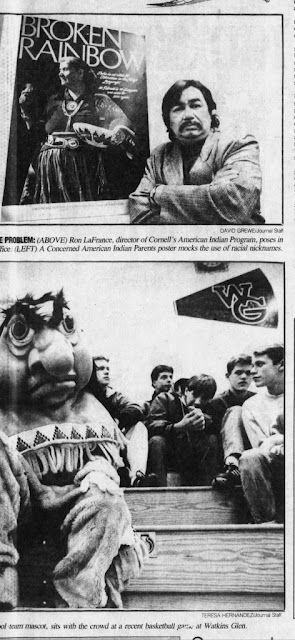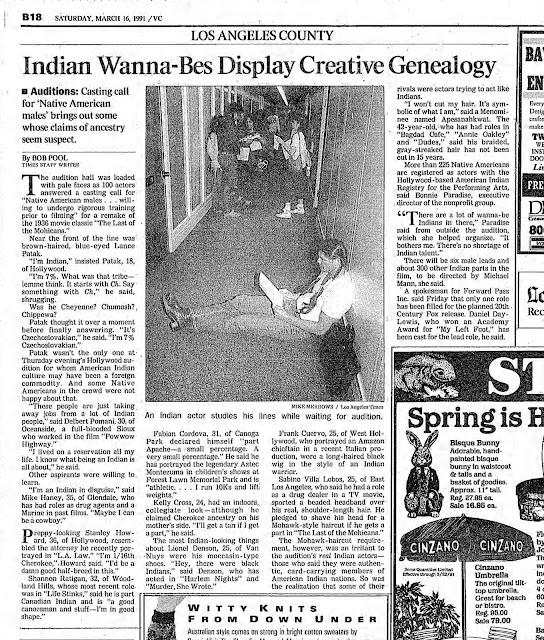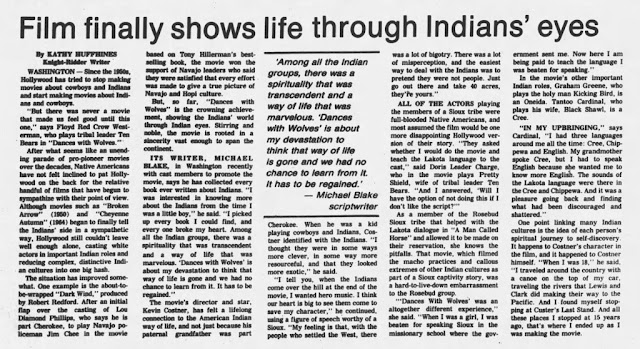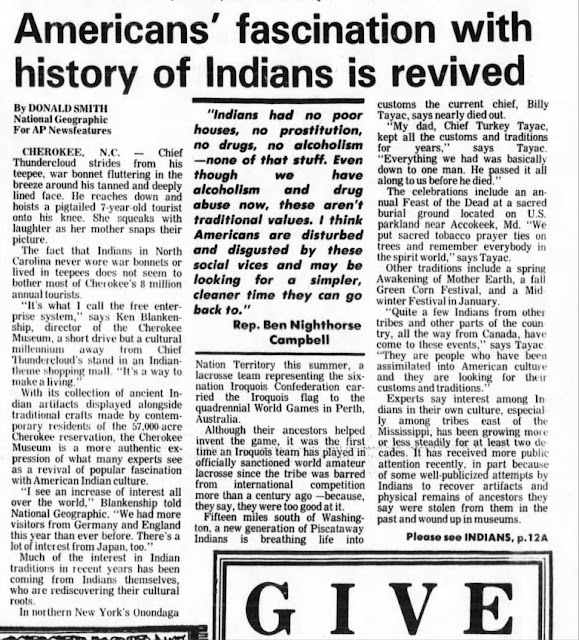1996 Nogales High School cheer "We're Apache born, we're Apache bred, and when we die, we're Apache dead."

1996 Sep 24, Arizona Republic - Nogales High School – for 50 years known as the Apaches – are changing their school name, though students and alumni object. This author calls them a “victim of political correctness.” “We are a campus that’s minority. Ninety-five percent of our students are Hispanic,” school Principal Marcelino Varona Jr said. “Having the mascot of another minority culture is inappropriate. Especially when we use it in a negative connotation to go out and kill and beat the hell out of the other team.” The mascot – a student dressed in Native American garb with an oversized Apache head – is also out, as is the war whoops from the band, the school sign with the Indian symbol, the football stadium name, etc. E.E. Pierson Middle School, which called itself the Braves, was closed in favor or a new school, the Desert Shadow Diamondbacks. State Apache leaders, however, say they feel anything but offended. “We fought against those people on the border for many yea



















